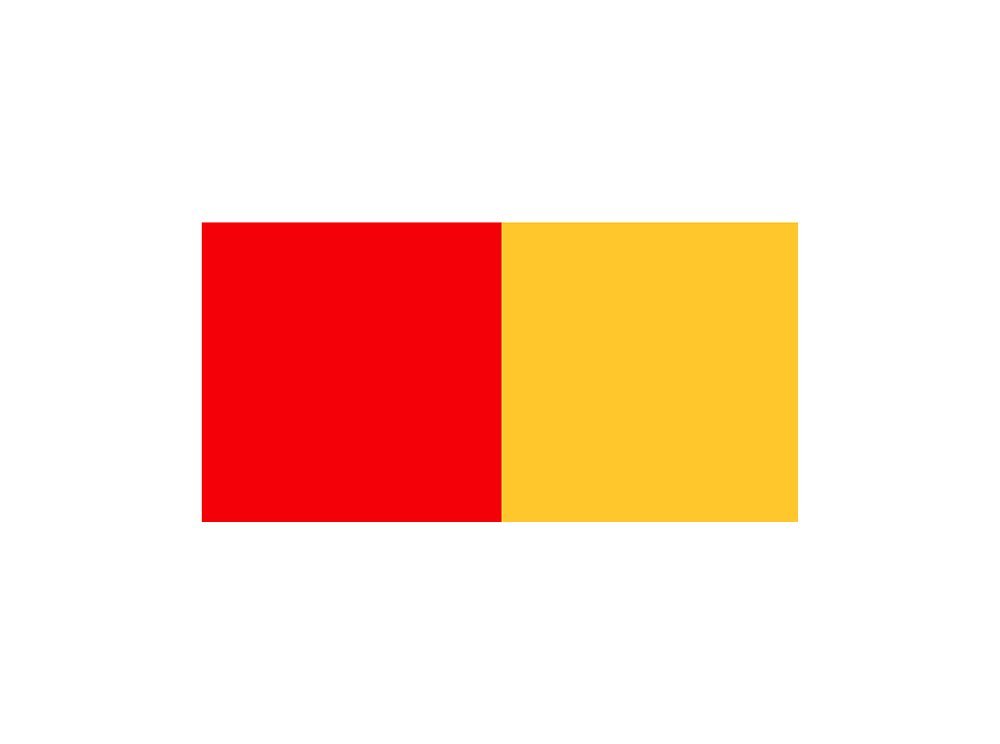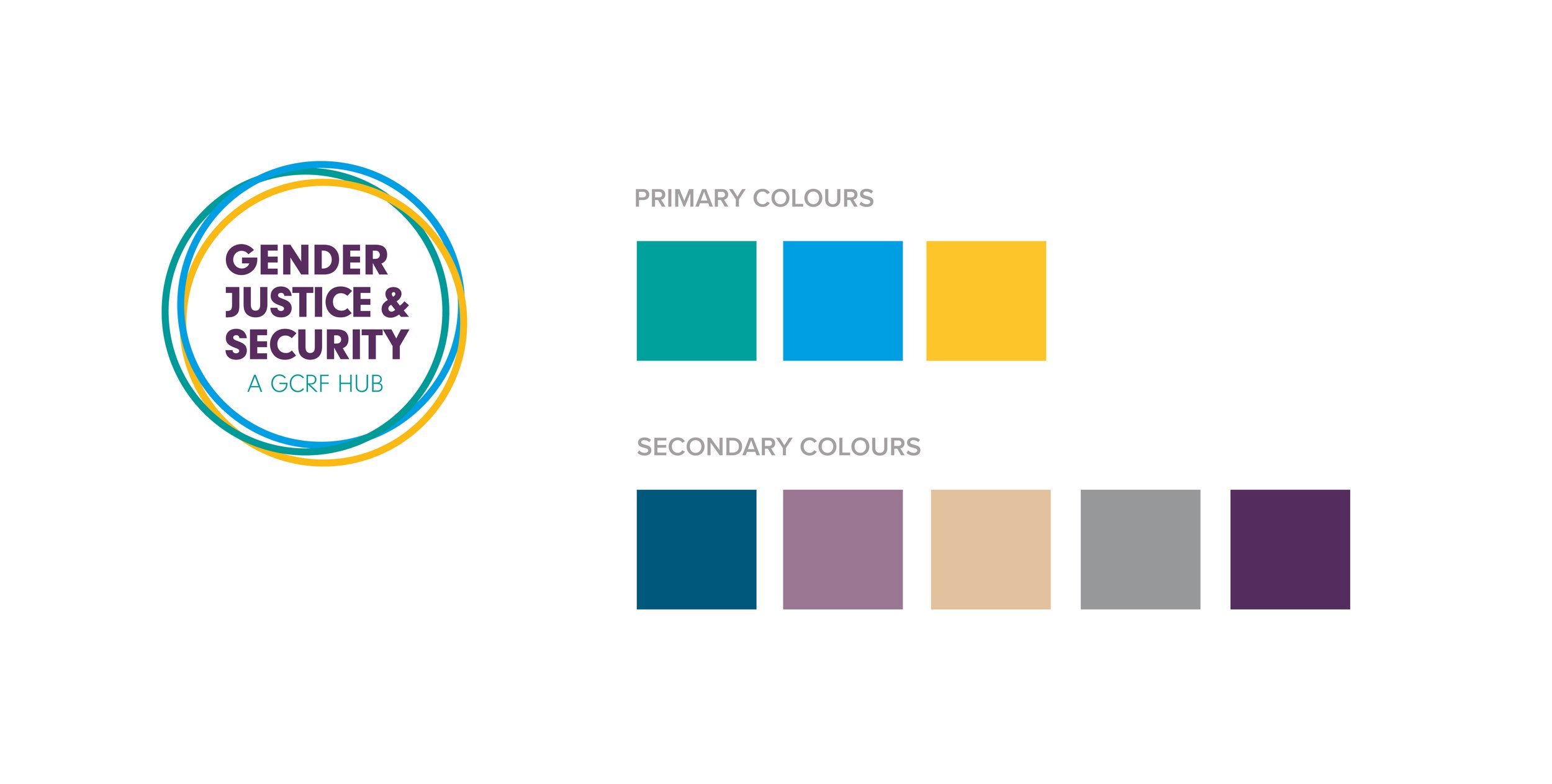Rainbows and rules
The power of colour in design and branding is incredible. Many large businesses achieve huge success because of the familiarity of their brand colours.
For example, we associate these colours with these brands:
• Red and white – Coca-Cola or Vodafone
• Red and yellow – McDonald’s or Shell
• Orange – easyJet or Fanta
• Green – BP or Starbucks
Colour is one of the most significant players in making a brand memorable.
“Colours can increase brand recognition by up to 80%.”
[Source: Jill Morton, Why Color Matters]
Does colour affect mood?
Colours can stir emotions and behaviours. People can have strong associations with colour. I won’t list them all as there is plenty of information out there on the topic already. There are common associations between colours and feelings. Warm colours (red, orange and yellow) are associated with excitement; and cool colours (blue, green) can create a calming effect. A survey conducted on colour and word association found that 43% of people associated blue with reliability and 76% associated red with speed. [Source: J.Hallock, ‘Color Associations’]
Not all associations are universal, some are personal to us. I remember a client many years ago having a deep offence to a green. It turned out the colour reminded him of a childhood duvet set and clearly stirred up some negative thoughts.
The effect of colour on behaviour is also fascinating. Red signs in shop window displays attract more impulse purchases. Colour can be used to increase or decrease our appetite, raise or reduce our heart rate, and enhance our mood or calm us down. [Source – ‘Impact of Color on Marketing’, S.Singh]
What is a colour palette in branding?
Brand colours tend to be chosen for one of two reasons, either:
1) the colour is the business owner’s favourite, or
2) the colours have been chosen to reflect the business’s values and personality.
All too often the first happens and this can do your business a disservice – you could be attracting the wrong clients or evoking the wrong emotions. A good designer will explore these aspects with you to decide on a colour palette that will best serve your business.
Your business colour palette
Generally, your brand colour palette will have one or two primary colours and a collection of secondary colours. Using the primary colour(s) consistently is key to building recognition and making your business memorable. Secondary colour palettes can then be used to support these core colours and are useful when a wider selection is required, for example for a muted background colour or for charts and graphs. A good designer will ensure the colour palette works and can provide guidance on how it should look in practice. If colour selection is poor the results can be painful on the eye and have an effect on legibility, ultimately reflecting badly on your business.
Here are a couple of examples of West9 Design branding projects and their colour palettes:
Truly Scrumptious, a personalised party bag business, had primary colours of pastel blue and pink to reflect children. The softer secondary palette contrasted well for backgrounds and included a fun glitter pattern for that added party feel.
A project called the Gender, Justice and Security UKRI GCRF Hub aims to work on Sustainable Development and gender equality. The primary colour palette used blue (intelligent, logical), yellow (optimism, friendly / positive relations) and turquoise (innovation). The secondary palette contained autumnal shades giving a strong academic and a more serious note.
Finding your brand colour
I hope I have gone some way to demonstrate the power of colour on your business and have got you thinking about how your primary colours can influence emotions and behaviours. Getting it right can be hugely rewarding and bring in more business.
Do you want help getting your colours right? Do you want to find out more about branding or re-branding your business? If so, book a FREE 30 minute discovery call with you.






